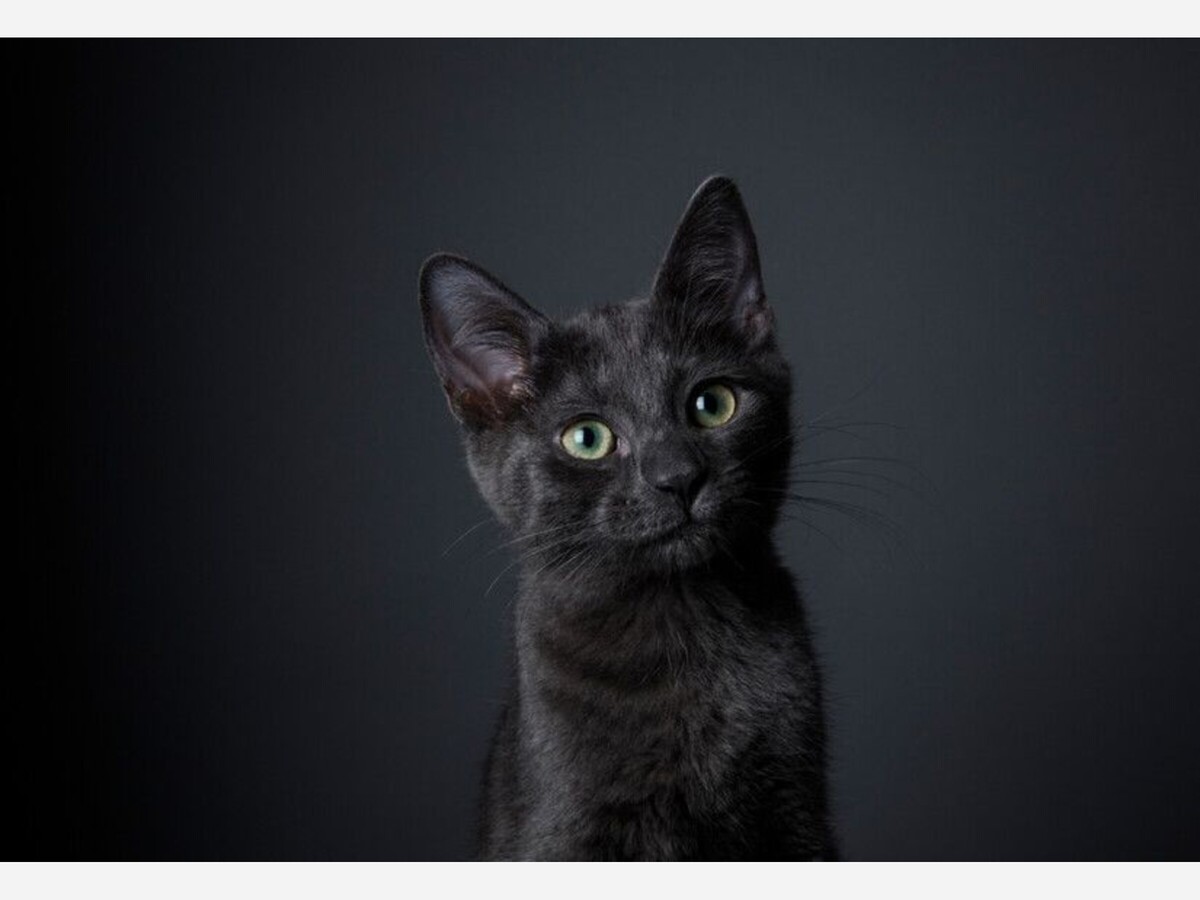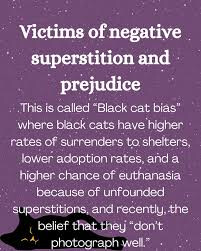Image

Black cat bias: How coat color impacts shelter outcomes for cats
Did you know there’s a correlation between the coat color of cats and their shelter outcomes? Read more about black cat bias, where it comes from, and how to help.
Haloween is coming, which is a date spooky enough to make the most logical of us at least a little superstitious. Although we’ve long moved past the days of letting superstitions rule our behavior entirely, there is one area in which these fears have at least some impact on our decision-making: adopting a cat.

According to Robert Carini, an associate professor of sociology at the University of Louisville, black cats face two less desirable outcomes at shelters: lower adoption rates and higher euthanasia rates. He and his colleagues confirmed this link in their study on what is called “black cat bias” (BCB), or “the phenomenon where cats with black coats are viewed more negatively, adopted less often, and euthanized more often than lighter colored cats.”
“The patterns were weak in strength, but the disadvantage for black cats comports with what others have theorized and found in empirical studies,” Carini said of his research. “The findings are also consistent with what many shelter staff and leaders have noted anecdotally. Even if having a black coat is associated with only a bit lower chance of adoption, from the cat’s perspective the outcome is of the utmost importance—life or death in some cases. At a minimum, I believe that this study’s findings keep coat color ‘in the mix’ with respect to predictors that shape people’s preferences for companion animals.”
Carini’s sample of 7,983 cats from a shelter in urban Kentucky indicated that it’s not just black cats that have worse outcomes. The study found that “white cats had the most favorable euthanasia and adoption outcomes while brown and gray cats had middling outcomes between those of white and black cats.” Similar to BCB, this phenomenon is called “Dark Cat Syndrome,” which “involves cultural and visual preferences favoring cats of lighter coat shades over darker ones, resulting in the disproportionate adoption of lighter-coated cats and euthanasia of darker-coated counterparts in shelters.”
Carini said that although coat color plays a role in adoption and euthanasia rates, it is certainly not the only factor that owners take into consideration when adopting a feline friend. For plenty, factors like health concerns, temperament, and compatibility with children/dogs, for example, take precedence over coat color. And it is possible that black cats have certain advantages when it comes to their appeal.
“I do think that it’s important to note that some gravitate toward black cats because of these associations; they can be viewed as a bit ‘edgy,’ ‘different,’ or a ‘loveable underdog,’” Carini said.
And certainly, black cats enjoy spikes in adoption rates around Halloween, right? Carini thought this might be the case, too. But his study’s findings indicated otherwise—the study’s subset of 1,200 entirely black cats did not enjoy improved adoption rates in the month of October.
“That black cats didn’t catch a break during October was a bit surprising since the public’s interest in black cats likely peaks during the spooky season and its associated symbols,” Carini acknowledged, adding that the public’s hesitancy surrounding black cats is nonetheless rooted in similar imagery.
“In many cultures, black cats have been associated historically with the supernatural or powerful malevolent entities, or perceived to be omens of bad luck, so there is likely carryover of that into some people’s preferences when choosing a companion cat,” he said. “Many of the stereotypes surrounding black cats continue to be reproduced in social institutions that undergird popular culture, such as the media and entertainment industries.”
Carini’s study notes that some shelters take these mindsets into consideration, and so they limit adoptions of black cats during the months of October to prevent their abuse/misuse. However, these initiatives often backfire, leading to fewer black cats being adopted and more being euthanized overall.
It’s clear that ideas rooting stereotypes around black cats are strong and enduring. And, to Carini’s point, when the outcome can be life or death, the evidence for BCB is significant. So what can be done to help black cats find their forever homes free of bias? Carini notes that while animal welfare organizations have laid out a good start by raising awareness of these issues by designating special days for black cats and lowering their adoption fees, there’s more that can be done.
“I do think there’s additional room to rehab the perception of black cats through tailored educational efforts and more effective marketing, perhaps through messaging on social media using influencers or celebrities who share their lives with these cats, and via more positive depictions in popular culture such as film, books, or product advertising that help counter more traditional narratives,” he said. “Their coat color is so distinctive after all, that it could be spun into a real advantage for these cats.”
Carini acknowledges that changing longstanding beliefs and biases may take some time. But luckily for black cat advocates, the popularity of black cats around Halloween is a resource that can be tapped into year-round.
“It’s possible that there has been increased demand for black cats around the holiday in recent years, but it hasn’t yet been tapped into by animal shelters and rescue groups using current strategies,” said Carini. “This is something that could be explored further. It may also be the case that a successful Halloween strategy would be effective year-round.”